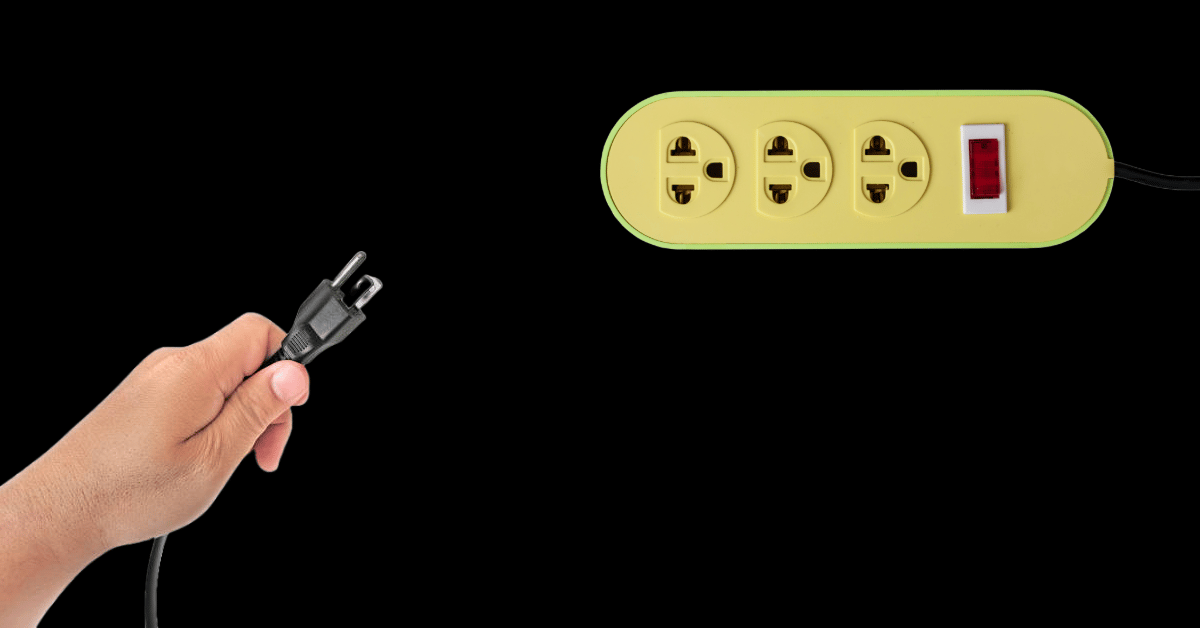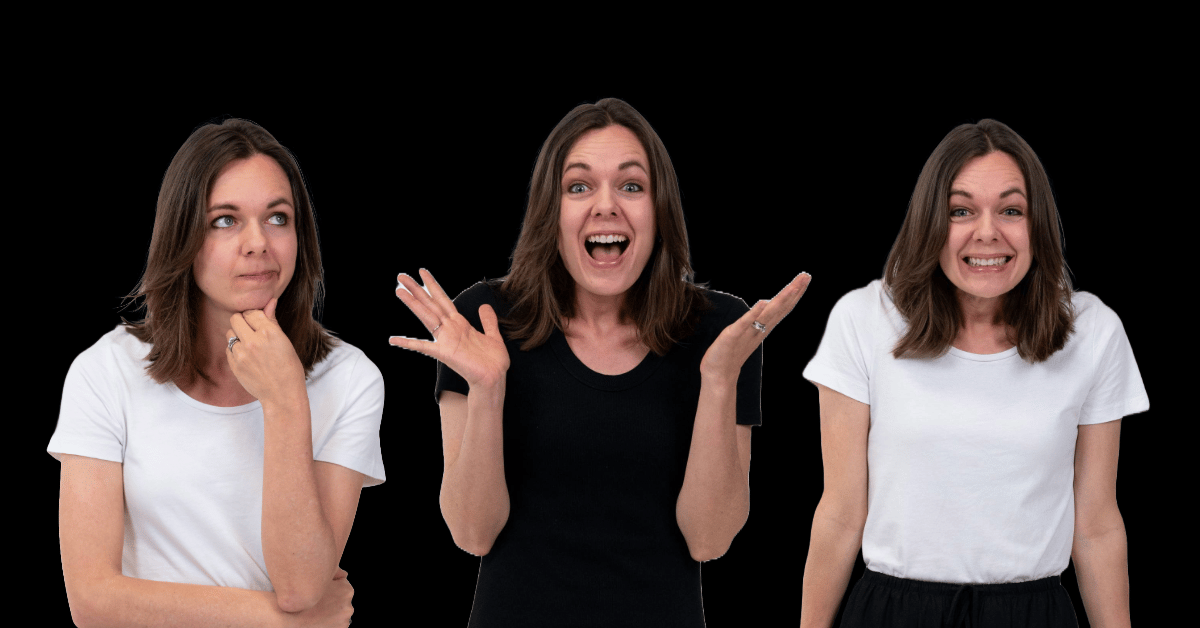
We all know boomers love ranting on Facebook.
Gen X is cynical AF. Millennials are in their indoor plant era. And Gen Z has the attention span of a goldfish. Except…those are actually just stereotypes, right? And if we’re marketing with assumptions like those in mind, we’re being lazy (sorry). The better way to group people is by desires. Motivations. Values. And those things don’t come with an age range. But they do come with a whole lot of valuable insights for us.
- Charlotte Ellis, Editor ♡
Stop winging it. Start running paid ads that work.
Join us for a 90-minute workshop that replaces guesswork with a step-by-step setup for profitable campaigns that turn scrolls into sales.
In this session, you’ll learn:
✅ How to set up your first (or next) campaign so it’s built to convert
✅ The one thing every successful campaign gets right
✅ How to track what’s working & tweak what’s not
PLUS The latest best practices for Meta ads in 2025.
Ask questions. Get answers. Leave ready to grow your sales and scale your business.
Wednesday, 30 July | 8:30–10:00am NZT | $59 NZD
WHAT’S HAPPENING IN MARKETING TODAY?
ChatGPT agents can do everything, 57% of marketers use AI for creative & Roblox intros virtual dating

OpenAI introduces ChatGPT agent, its agentic AI model that does everything for you.
That’s right. GPT now thinks, and acts – proactively. Like, you could say, “I desperately need to impress my in-laws after last year’s Christmas party incident", "plan and buy ingredients for a Japanese dinner tonight”, or “my boss thinks I’m incompetent, analyse three competitors and create a slide deck that will save my ass.” I’m assuming that’s how you guys talk to your GPT as well, right?
Anyway, as per the official OpenAI statement: “ChatGPT will intelligently navigate websites, filter results, prompt you to log in securely when needed, run code, conduct analysis, and even deliver editable slideshows and spreadsheets that summarize its findings.”
And it does this using its own virtual computer, seamlessly shifting between reason and action to handle complex tasks end to end. OpenAI wants to assure you, you’re always in control, though. For now, at least.
Speaking of which, over half of marketers are using AI for campaign creative.
Everyone seems to be bitching about AI, and yet, everyone’s using it. Well, half of us, anyway. From optimising campaign creative to market research – 57.5% of more than 1,000 brand marketers surveyed by Kantar and Google use AI to generate content and creative campaign ideas.
Maybe instead of buying into the whole “it’s going to steal my job” narrative – figure out how you can use it to make you better at your job. And become irreplaceable. Work smarter not harder people, damn.
You might find love on Roblox soon, bc the gaming platform announced that you'll soon be able to start dating in the metaverse.
Better chances than Tinder, I’d say. This week, CEO David Baszucki spoke about his next big goal for the brand, which happens to be romance. And you know what? I get it. The real world is scary. People don’t want to go on a date with a stranger from an app where nine times out of ten the agenda is, well, not exactly what I’d call “romance.” Baszucki said that people “might find it easier to have a virtual date to start, and then if they connect, move to the physical world.” Considering 73% of Gen Z struggle with loneliness – it’s not a bad shout.
-Sophie Randell, Writer
DEEP DIVE
Why generational labels are lazy (here's what to use instead)

For decades, marketers have sliced and diced audiences into generational boxes like Gen Z, Millennials, Gen X, and Boomers.
As if a birth year could reliably predict someone’s values, shopping behaviour, or go-to sunscreen brand.
But here's the problem: age doesn’t define behaviour anymore. Identity does. And identity isn’t shaped by a decade of birth. It’s shaped by what people care about, what they’re drawn to, what they want more of in their lives.
In short? People don’t group by age. They group by desire.
The real shift is from demographics to shared tensions.
The “target demo” still shows up on briefs like it’s 2004. “Women aged 25–34, urban-based, high income…” Cool. And what exactly does that tell us about how they think? What they feel tension around? What they aspire to?
Two people with a 40-year age gap might both want to feel:
In control of their time
Less anxious about money
More creatively expressed
More connected to their body
More "main character energy" in their day-to-day
Those are desires. And they transcend age, income, and even geography.
That’s why desire is the new demographic.
Smart brands are moving away from generic customer segments and toward psychographic clustering, using motivations, values, and aesthetics to understand how people move through the world.
Here are a few examples of how to rethink your audience:
Old-School Segment
“Boomer retirees”
“Millennial moms”
“Young professionals”
“Gen Z skincare buyers”
Desire-Led Mindset
People who want to feel adventurous again
People obsessed with rituals of self-optimisation
People looking for control and autonomy in chaotic environments
People who crave freedom from structure and time-sucking routines
The shift isn’t subtle. It’s a complete rewire. You’re not asking how old are they? You’re asking: What itch are they trying to scratch? What problem are they solving for emotionally, not just functionally?
Case in point: Who’s actually in the Pilates craze?
It’s not just 22-year-old influencers. It’s also 42-year-old execs, 60-year-old ex-dancers, and 35-year-old software engineers. What they share isn’t age. It’s a desire to feel:
Strong without burnout
Calm without checking out
Feminine without performance
That’s not a demographic. That’s a shared cultural tension. And it’s much more valuable than a birth year.
Think aesthetics, not age.
The rise of internet aesthetics (think: Clean Girl, Coastal Cowgirl, Techno Minimalist Dad) is proof that people group themselves around self-expression and aspiration, not census data. A 19-year-old and a 49-year-old can both buy into the same aesthetic because it reflects who they want to be seen as. It says something about their inner world.
The same applies to:
The girl boss-to-soft-life pipeline
The functional beverage obsession
The “I need my space” design movement
The return of analogue (books, film cameras, flip phones)
These are all desire signals. Watch them, and you’ll understand people better than any age chart could ever offer.
So, how do you use desire-led strategy?
1. Start with tension. What’s your audience feeling right now? What’s frustrating, missing, or unresolved in their life?
2. Map cultural desires. Track what's rising in the culture. Not just on the explore page, but in behaviour. Think: rituals, micro-obsessions, lifestyle edits.
3. Create for identity, not category. Don’t just sell a product. Sell who they want to become when they use it. Make it easy for them to see themselves in the story.
4. Test for resonance, not just reach. Forget mass appeal. Does your brand make the right people feel seen, heard, and aligned?
The most powerful brands today aren’t targeting demos.
They’re tapping into shared inner worlds.
The next time someone in your agency asks, “What’s our target audience?” Don’t say: “25–34, urban, female-presenting.”
Say: “People who are trying to feel at home in their body again.”
Or: “People who think self-discipline is the ultimate flex.”
Because once you understand what someone wants, you can meet them there, no matter their age.
-Sophie Randell, Writer
TREND PLUG
What do you do for a living?

“What do you do for a living"?” Ahahahaha “I shop, drink matcha, do pilates and stay beautiful… that’s what I do.”
Except, I don’t, and I’m a little sad about it. So I felt slightly better when I realised this audio comes from an AI-generated “interview”. And excuse me for assuming that people would only be using this quote satirically.
Turns out, no. Some of us (possibly with access to other people’s credit cards) consider matcha and Pilates a viable career choice. The rest of us have a choice to use this trend with delusion or sarcasm (choose your own adventure).
Those with fulltime careers in content creation are using this trend to explain what their grandparents hear when they explain what they do. Other people are using it to explain how they feel in a scenario that’s just too good to be true, or when someone else is footing the bill. It’s also a creative alternative to saying “I’m unemployed”. And some people are just making us jealous.
How to do this trend:
Film yourself in a scenario that makes you feel like you’re even mildly living the life of an heir/heiress, lipsyncing to the audio. Think, the first vacation you’ve taken in five years, or walking around in branded athleisure on your day off. Explain your actual scenario with text overlay.
And if you’re actually a personal shopper, Pilates instructor or owner of a brand of matcha powder – just take it. You’re welcome.
A few ideas to get you started:
What people hear when I say I work in social media
What people think I do all day when I say I’m in sales
How I feel when I have the company credit card for a client lunch
- Helena Masters, Copywriter
FOR THE GROUP CHAT
😲WTF: Waterparks BEFORE Lawsuit Culture
❤How wholesome: spot the difference
😊Soooo satisfying: Guess the song
🍝What you should make for dinner tonight: 3-ingredient pasta sauce
TODAY ON THE YAP PODCAST
Want even more “YAP”ing? Check out the full podcast here.
ASK THE EDITOR

My audience is the 50+ community who are into caravanning around NZ. How do we harness their journey into content because they don’t necessarily have the skill to capture video content? – Danielle
Hey Danielle,
If you're trying to create a community of people who are sharing their experiences of travelling around, don't focus on the content first. Instead, just focus on building that community. If you create something that feels meaningful to be part of, the people in that community will want to participate.
And by the way, don't underestimate people over 50. That age group tends to be the best at storytelling because they have quite a lot of life experience and practice! So if you want them to create and share content, share examples of content they could create. Host live events and meetups, as these make for great content, too. But your first step is to create that sense of community with your audience.
- Charlotte Ellis, Editor ♡
